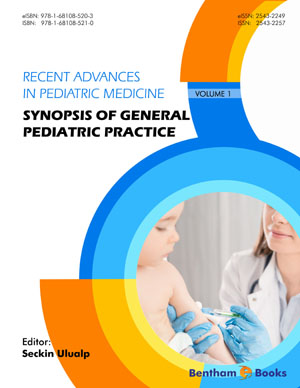Abstract
Involuntary passage of gastric contents into the esophagus may be physiologic (Gastroesophageal Reflux-GER) or may be associated with troublesome symptoms (Gastroesophageal Reflux disease-GERD). GER is common in infants and is related to immature anti reflux mechanisms. On the other hand, GERD needs further evaluation. Presenting features of both include esophageal symptoms like vomiting and extra esophageal symptoms such as irritability, reflux laryngitis, pharyngitis and dental erosions. Upper GI series is not recommended for diagnosing GERD. Traditional pH probe examinations have been replaced largely by combined multi-channel Impedance –pH monitoring which helps establish a temporal relationship between symptoms and pathological reflux, as well as ascertain the acidic versus non acidic, solid versus liquid or gas nature of the refluxate. Proton pump inhibitors remain the mainstay of treatment, along with H2 receptor antagonists and prokinetic agents. Surgical intervention should be reserved for selected severe cases.
Keywords: Antacids, Bravo pH monitoring, Combined Multiple Intraluminal Impedance (MII) and pH Monitoring, Endoscopy, Esophageal manometry, GER, GERD, Lifestyle changes, Manifestations, PH monitoring, Prevalence, Prokinetics, Upper GI imaging.

















